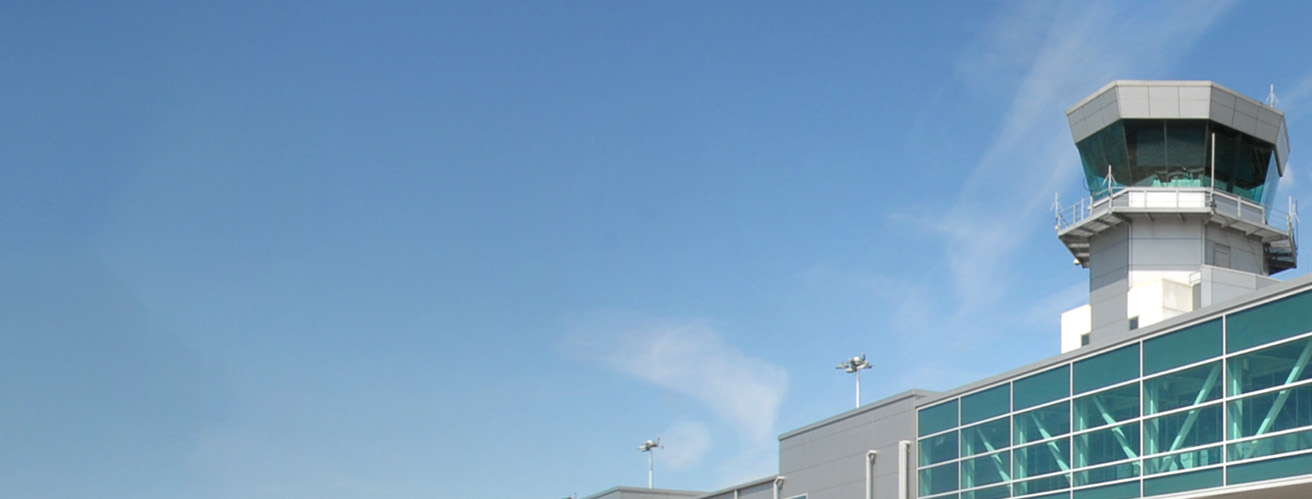Airspace change FAQs
We’ve produced a set of frequently asked questions designed to explain Airspace Change in more detail and how it might affect you and our operations here at Bristol Airport. But if you have any questions that are not answered here, please email [email protected].
-
Airspace is the ‘invisible infrastructure’ in the sky which helps aircraft operate safely.
-
Airspace Change is the process through which airspace modernisation will be delivered. It is overseen by the Civil Aviation Authority (CAA) and led by a change sponsor, usually an airport or an air navigation services provider.
-
Guidance on the regulatory process for changing airspace design including community engagement requirements can be found in the Civil Aviation Authority’s CAP1616 guidance document here.
-
The airspace in the UK has not been modernised since the 1950s and modernisation is required to improve punctuality of flights, to help reduce CO2 emissions, to help reduce noise and to ensure there is capacity to meet future demand.
-
We are at Stage 3a, Consultation Preparation. During this process we will plan our stakeholder consultation and engagement, and begin the preparation of our consultation documents, including the second-phase full options appraisal which will include more rigorous evidence for our chosen option(s).
-
We have recently invited stakeholders to participate in the development of our Design Principles. At Stage 3 we will be undertaking comprehensive engagement with stakeholders through a formal public consultation phase of at least 12 weeks, during this stage anyone is welcome to respond.
-
The timescale for completion of the full airspace change process depends on the complexity of the airspace design and the potential impacts of the change. These factors will determine the amount of design work and analysis of the impact of different options, the degree of consultation and engagement needed with those affected, and how quickly a solution can be developed that takes their views into account. Changes to our airspace will come into effect several years into the future.
-
The Civil Aviation Authority is the UK's specialist aviation regulator and created the guidance document that change sponsors need to follow to create an Airspace Change. The guidance document is available here.
The Civil Aviation Authority has responsibility for deciding whether to approve changes proposed to the design of airspace over the UK and checks that the airport has properly followed the process, allowing the proposal to proceed to the next stage.
-
Flights over 7,000ft are the responsibility of NATS. NATS will undertake engagement with stakeholders on changes to the airspace above 7,000ft.
-
No. There are currently no proposed changes to the hours of operation of the airport.
-
While airspace change is not a requirement for growth to 12 million passengers a year, Bristol Airport is committed to exploring opportunities to improve airspace arrangements. The airspace change process is lengthy so by starting now we can ensure any potential benefits can be realised as soon as possible.
-
More information on Airspace Change can be found on the Civil Aviation Authority’s website.

